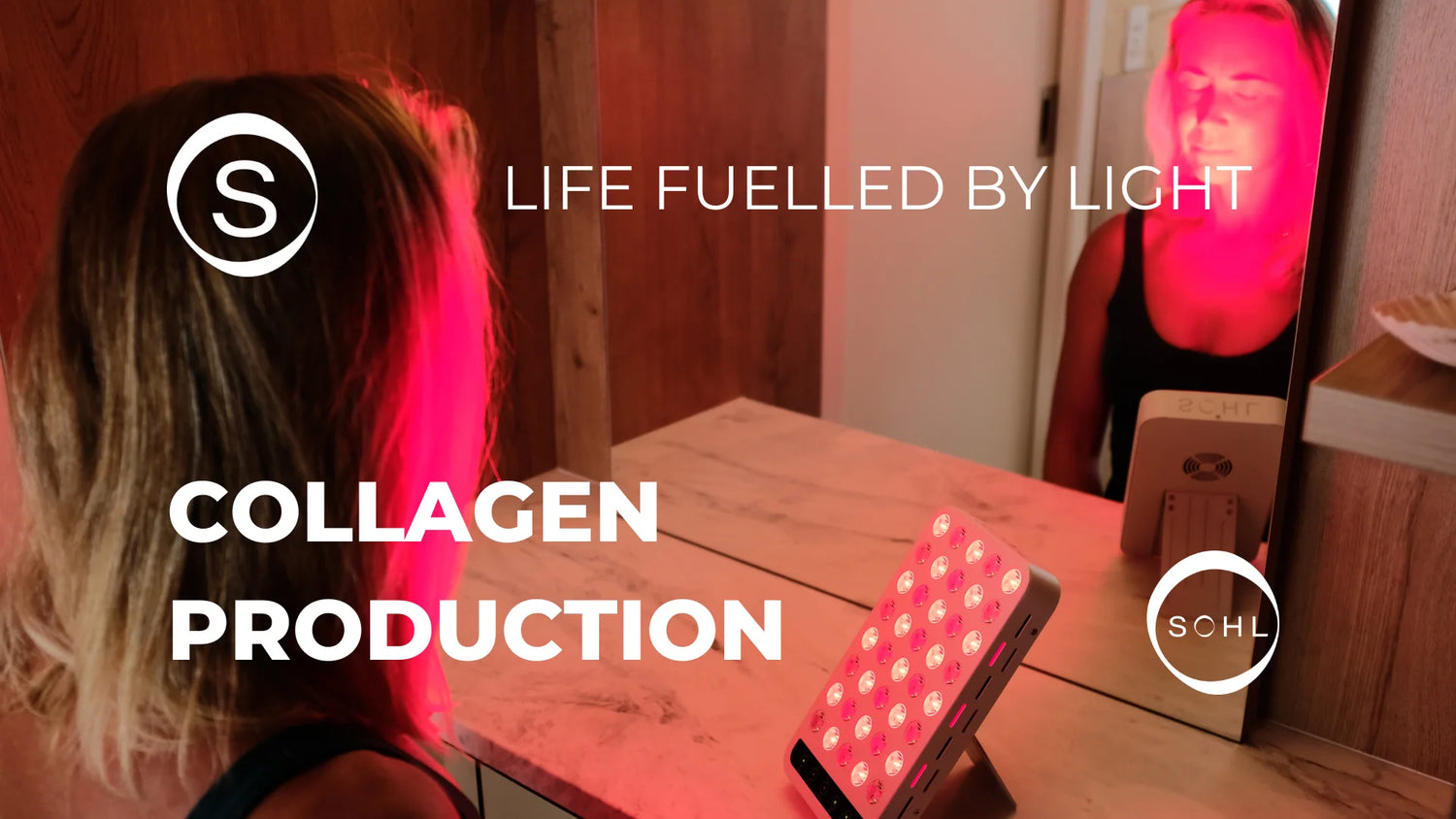Red light therapy, also known as low-level light therapy (LLLT), is a non-invasive treatment that uses low-level wavelengths of light to promote healing and provide therapeutic benefits. Red light therapy is effective for a variety of conditions, including pain relief.
In this comprehensive guide, we'll explore what red light therapy is, how it works, and it's potential for pain relief.
What is Red Light Therapy?
Red light therapy is a type of phototherapy that uses red or near-infrared light to stimulate cellular function and promote healing. The light energy penetrates the skin and stimulates the mitochondria in the cells to produce more energy, which can help with tissue repair and regeneration.
Red light therapy can be administered through various devices, such as light-emitting diode (LED) panels, handheld devices, or full-body panels. The treatment is painless and non-invasive, and the patient typically feels no discomfort during or after the session.
How Does Red Light Therapy Work?
Red light therapy works by using specific wavelengths of light to stimulate cellular function. The light energy penetrates the skin and is absorbed by the mitochondria in the cells, which helps to increase the production of ATP (adenosine triphosphate) – the energy source of the cells.
This increase in ATP production can help with tissue repair and regeneration, reduce inflammation, and promote pain relief. Additionally, red light therapy has been shown to increase blood circulation and stimulate the release of endorphins, which can also contribute to pain relief.
What Types of Pain Can Red Light Therapy Help With?
Red light therapy is effective in reducing pain and inflammation associated with a variety of conditions, including:
- Arthritis - Red light therapy has been shown to improve symptoms of arthritis, including joint pain, stiffness, and inflammation. A study published in the journal Photomedicine and Laser Surgery found that patients with rheumatoid arthritis who received red light therapy had significant improvements in pain, morning stiffness, and grip strength.
- Back Pain - Red light therapy has been shown to be effective in reducing chronic lower back pain. A study published in the Journal of Clinical and Diagnostic Research found that patients who received red light therapy experienced significant reductions in pain, disability, and depression.
- Fibromyalgia - Red light therapy has been shown to improve symptoms of fibromyalgia, including pain, fatigue, and sleep disturbances. A study published in the Journal of Back and Musculoskeletal Rehabilitation found that patients who received red light therapy had significant improvements in pain, stiffness, and quality of life.
- Neuropathy - Red light therapy has been shown to be effective in reducing pain associated with neuropathy, a condition that affects the nerves and can cause numbness, tingling, and pain. A study published in the journal Pain Medicine found that patients with neuropathy who received red light therapy had significant reductions in pain and improvements in quality of life.
What Are the Benefits of Red Light Therapy for Pain Relief?
Red light therapy offers several benefits for pain relief, including:
- Non-Invasive - Red light therapy is a non-invasive treatment that does not require medication or surgery. It is a safe and effective alternative for individuals who cannot tolerate other forms of pain relief.
- Minimal Side Effects - Red light therapy has few known side effects, making it a safe treatment option for most individuals. The most common side effect is mild skin irritation, which typically resolves on its own within a few hours.
- Long-Lasting Effects - Red light therapy has been shown to provide long-lasting pain relief. A study published in the journal Lasers





